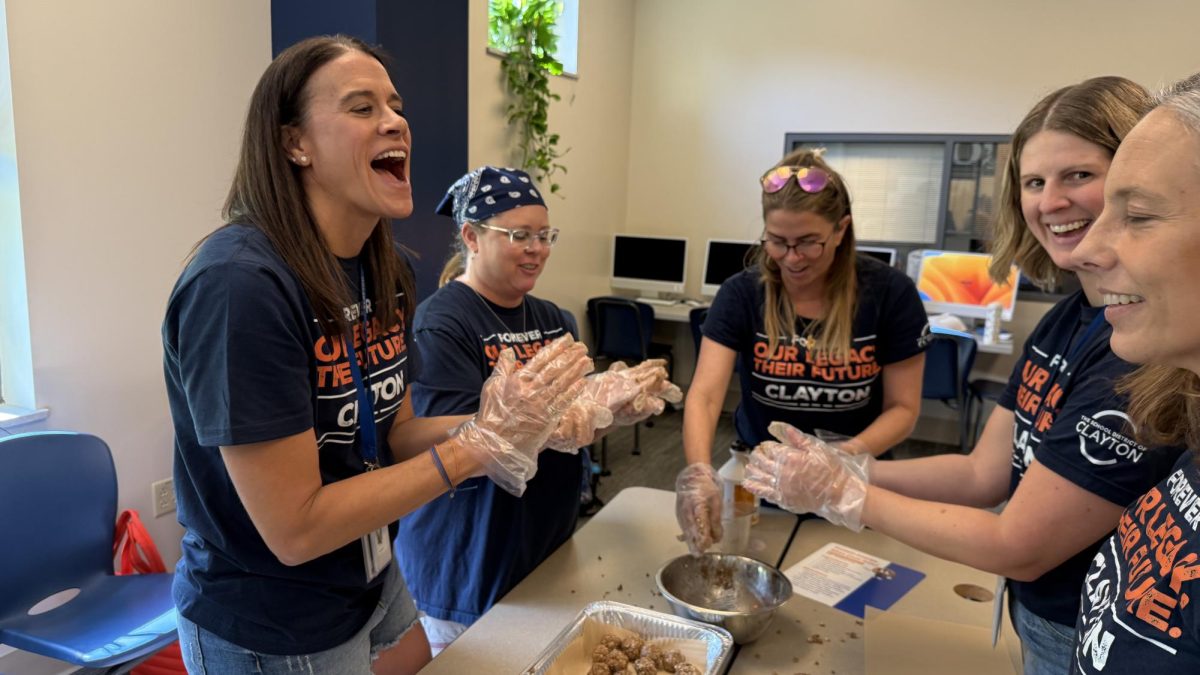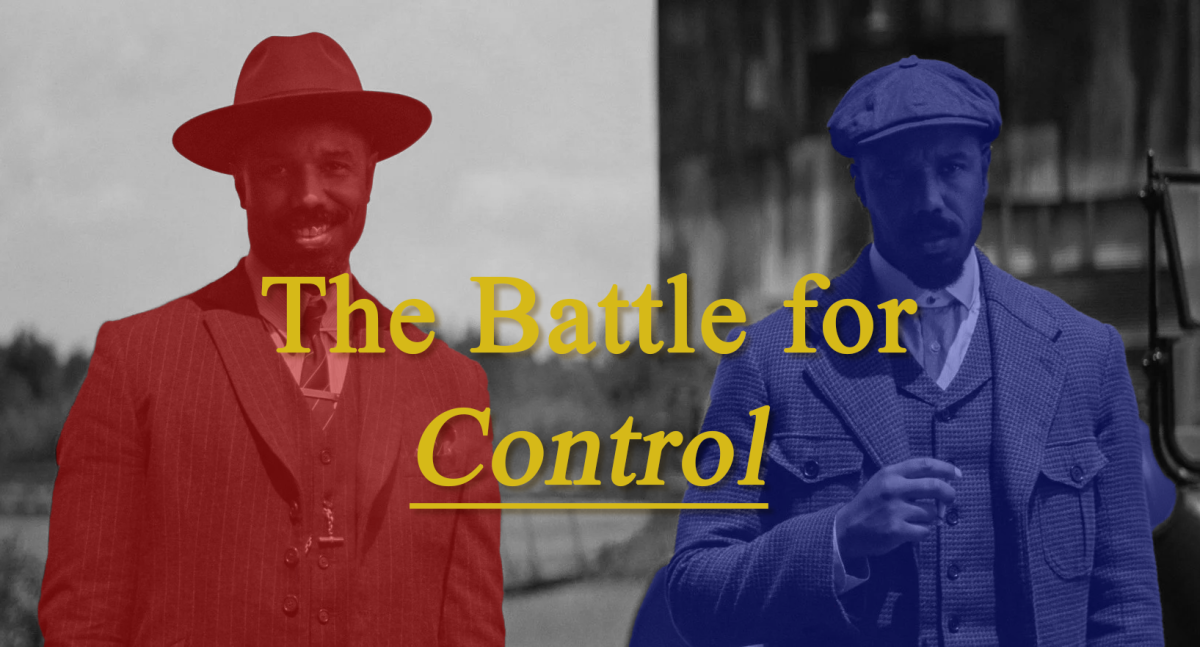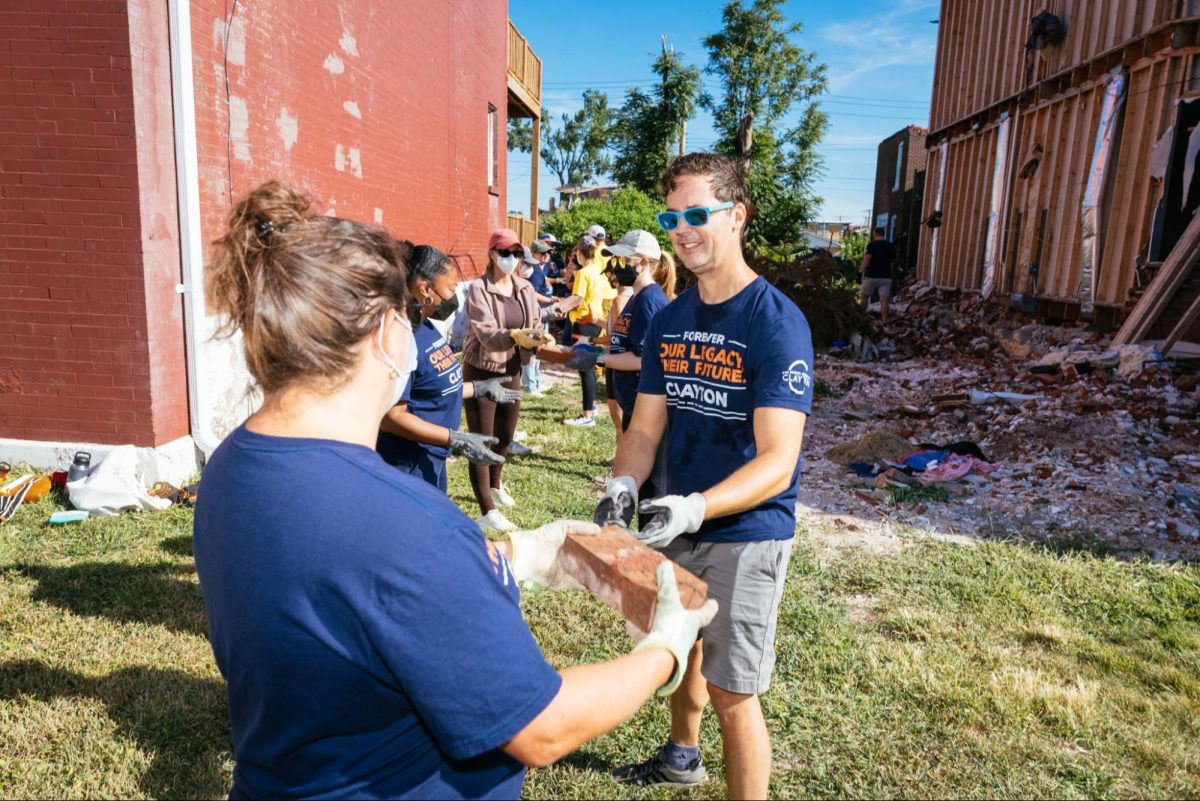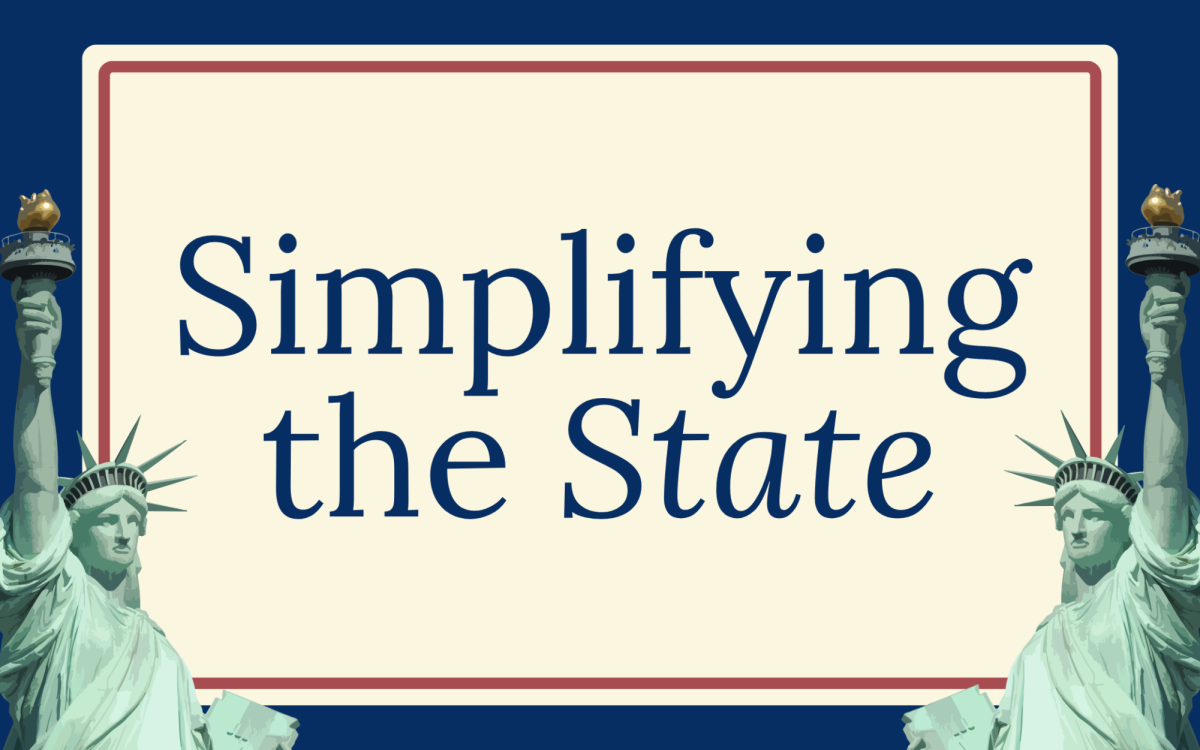#Ferguson
October 10, 2014
Whether you like it or not, social media is a part of the world that we live in today. It is likely part of your life or even your daily routine.
The platform of social media, whether it be Twitter, Facebook or Instagram, is used in countless ways, from marketing presidential campaigns to reporting earthquake damage.
Most recently and locally, it has been used during times of struggle and crisis, specifically during the troubles in #Ferguson.
On August 9, Michael Brown, an unarmed 18-year-old, was shot by a policeman. A series of riots, ceremonies, walks and protests erupted following this incident. People arrested, people uninformed, people frightened, saddened and left without a voice.
Social media is a pipeline for making connections, absorbing information and voicing opinion. It has given people, not just those involved with the Ferguson crisis, but people all over the globe, a voice – one that can be heard. And when everyone is given a voice and everyone’s voices are heard, powerful and meaningful things happen. Communities come together and during times of crisis, that is absolutely pivotal.
#Ferguson has been trending on Twitter in mass numbers. 4 million. Yes, 4 million tweets that contain #Ferguson have been posted since August 9, the day of the shooting. Millions of people have had the opportunity to share their thoughts about this incident.
People not following the traditional routes of news coverage could be seamlessly informed of live events, during the protests, the ceremonies, the marches or the riots, instantaneously, by just scrolling their mouse. The details of events like the date of Brown’s funeral, walks or ceremonies were spread to millions of people with ease.
That is powerful.
Because of #Ferguson, networks were built. News surfaced. People came together. People said what they needed to say. And a digital history was created to document a pivotal moment in the ongoing fight for equality.


![“I love working with students, that's why I decided on being a high school teacher. I was going to go the University route, but it's a different feel[ing]. Working with students is what makes it fun, keeps it alive, keeps me, trying to connect with students about my passion with ancient Rome and Greece and how they overlap, and how the stuff we do in class impacts their lives. That's kind of the goal I have, is having them see themselves, students in this larger scope of history from 2000 years ago, and how you're part of that now. ”
- Matthew Crutchfield, CHS Latin teacher](https://www.chsglobe.com/wp-content/uploads/2025/09/image2-3-e1757531718144-1200x872.jpg)
!["It's really hard to make friends in Clayton high school if you're a newcomer. Everybody already knows each other, and they have established friendships for many years. My goal is always to make my space a safe one for them to take risks, [and] relax." Nancy Gamble, English Language Specialist](https://www.chsglobe.com/wp-content/uploads/2025/09/image1-e1757625469759-1200x843.png)




